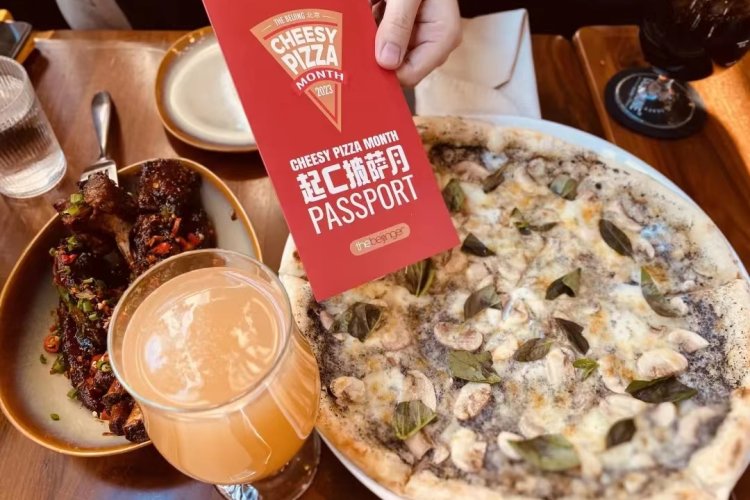How Does Dianping's Black Pearl Restaurant Guide Measure up to Michelin?
Did you feel like your favorite restaurant was snubbed by the inaugural Beijing Michelin Guide back in November? Then you may find comfort (and inspiration for dinner) in the Meituan-Dianping Black Pearl Restaurant Guide, the third edition of which was released yesterday.
What is the Black Pearl Restaurant Guide?
The Black Pearl Restaurant Guide aims to be a "China's own Michelin," building on Dazhong Dianping's already incredibly popular restaurant review and rating platform.
This year, 309 restaurants in 27 cities in China and around the world made it into the guide, including 16 three diamond restaurants ("must visit once in a lifetime"), 78 two diamond restaurants ("perfect for special occasions"), and 215 one diamond restaurants ("great for family/friends gatherings").

Thirty-three Beijing restaurants got tipped by the guide, with one getting three diamonds, seven getting two diamonds, and the rest getting one diamond (check out all the restaurants here). Beijing is second only to Shanghai in terms of restaurants, which got 61. New additions to the guide this year include Char Bar and Grill at the Intercontinental Sanlitun, San Qing Tang roast goose restaurant in Taikoo Li, King's Joy, and TRB Forbidden City.
How does the Black Pearl guide measure up to Michelin?
Both guides shoot for the higher-end of the dining scene, with most restaurants in the guide coming in at an average spend of at least RMB 200 per head, even for the one diamond restaurants. One noticeable difference is the number of Western restaurants that made it into the Black Pearl guide, especially those serving steak or Italian cuisine – think Morton's, Wolfgang's Steakhouse, Mio, and Opera Bombana. As with Michelin, TRB Hutong was once again nowhere to be found despite being voted best fine dining restaurant in the world in TripAdvisor's Reader's Choice Awards, although TRB Forbidden City did get one diamond.
Michelin's three-star winner, the Xinyuan Nanlu branch of Xin Rong Ji, only got two diamonds in the Black Pearl guide, while surprise two-star winner Wulixiang doesn't appear at all. Instead, Da Dong's Gongti branch picked up the sole three diamond award (no surprises there, really).

Overall, the above differences reflect the fact that Michelin is, in essence, a travel guide, while the Black Pearl guide is meant to be "a local restaurant guide for local people." While Michelin featured plenty of visitor favorites like Peking duck and high-end Cantonese and Shanghainese cuisine, the Black Pearl guide reflects Beijing's culinary diversity, with everything from spicy Sichuan to Japanese kaiseki dining making it onto the list. Across China as a whole, hot pot and Korean food made increasing inroads into the guide. As such, you could argue that the Black Pearl guide better reflects the local dining market and might be a more interesting resource for foodie visitors looking to thoroughly explore the city's dining scene (although it is only in Chinese at this stage).
Meituan-Dianping says that restaurants are selected based on anonymous voting by a panel of judges expertise in China's dining sector, combined with big data analysis and the opinions of the Meituan-Dianping board of directors. That being said, Dianping is a business and the exact method used to choose the restaurants is unclear. Nevertheless, if you're looking for some restaurant inspiration for early 2020, you could do worse than exploring some of the options in the Black Pearl guide.
READ: Michelin's 15 Best Value Beijing Restaurants
More stories by this author here.
Instagram: @gongbaobeijing
Twitter: @gongbaobeijing
Weibo: @宫保北京
Images: Shutterstock, Meituan-Dianping Black Pearl Restaurant Guide, The Michelin Guide







